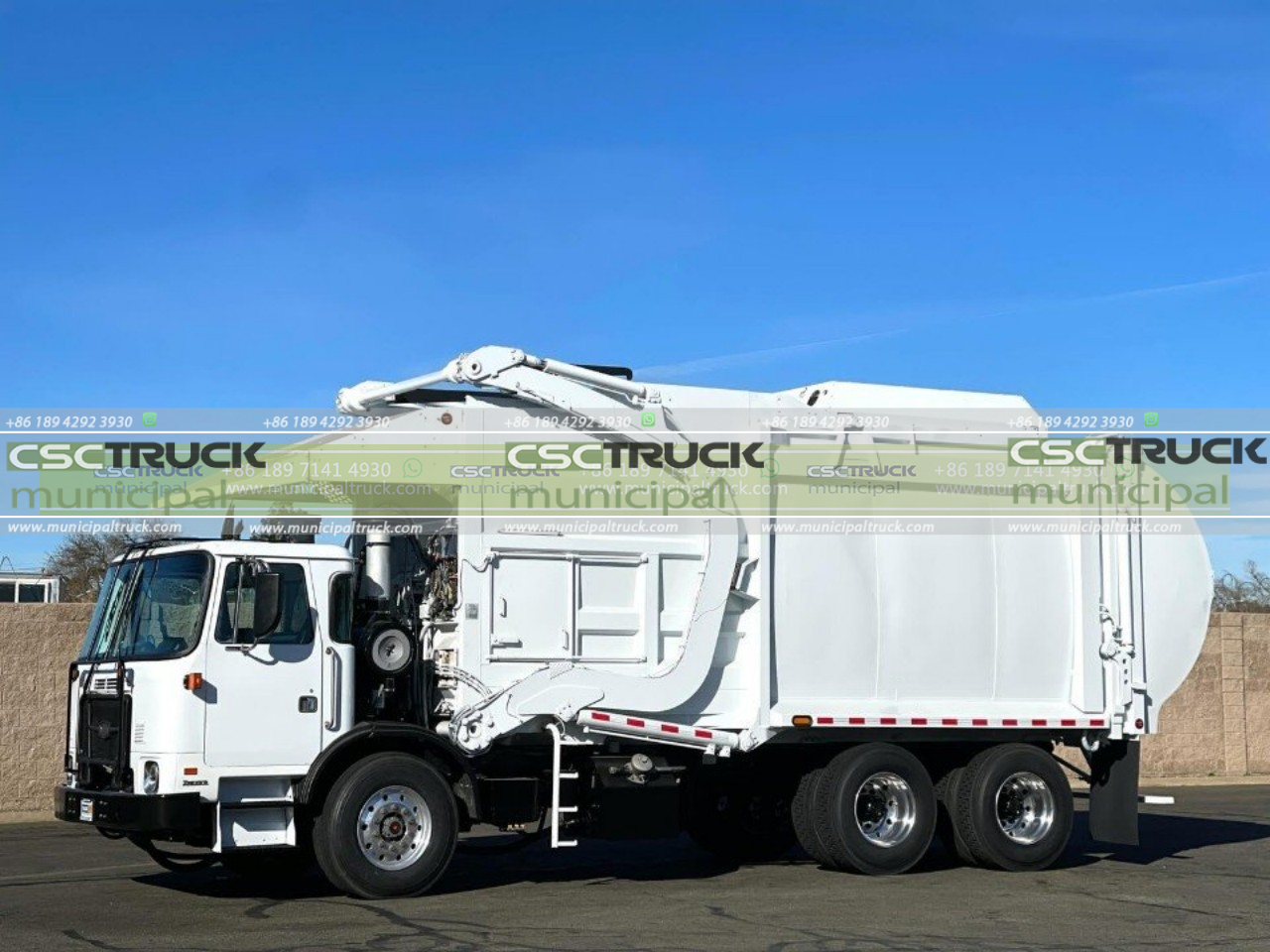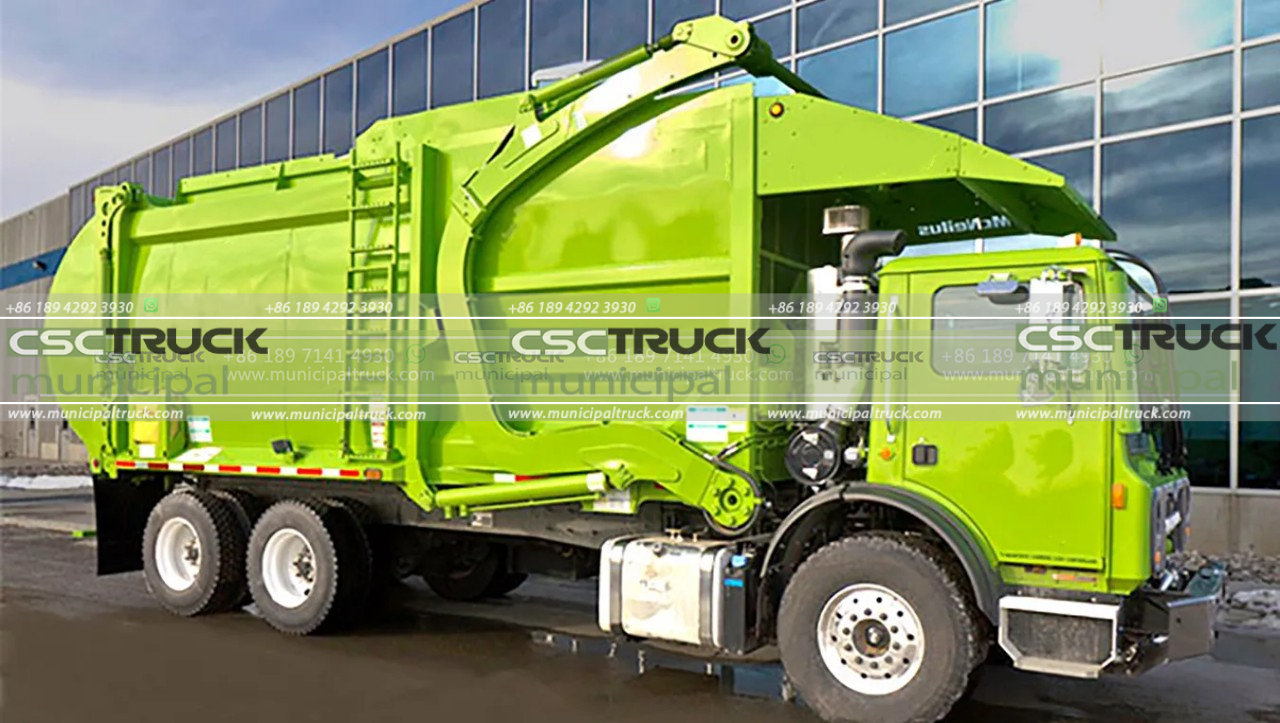Garbage trucks are an essential part of modern waste management systems, responsible for collecting and disposing of trash from residential and commercial areas. These large vehicles come in different sizes and configurations, each designed to handle specific waste collection needs. One question often arises is, “How many loads can a garbage truck hold?” In this article, we will explore the factors that determine a garbage truck‘s capacity and provide insights into the various types of garbage trucks commonly used.
Garbage truck capacity primarily depends on the truck’s design, size, and the type of waste it is intended to collect. The most common types of garbage trucks include front loaders, rear loaders, and side loaders. Let’s take a closer look at each of these categories to understand their capacities better.
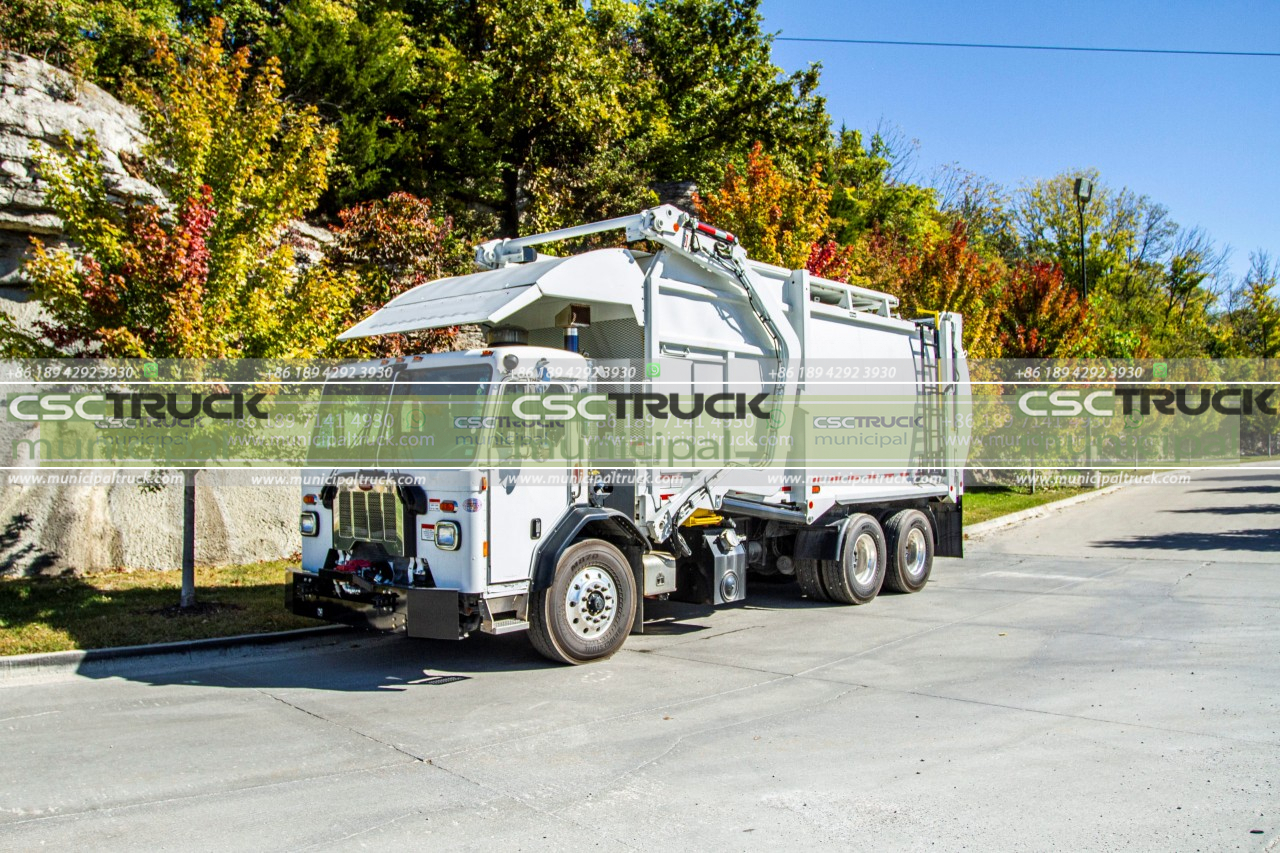
Front loaders are commonly used for commercial and industrial waste collection. These trucks have hydraulic arms at the front that lift and empty large dumpsters into their hoppers. The capacity of front loaders typically ranges from 20 to 40 cubic yards, depending on the specific model. A cubic yard is a unit of volume that measures three feet by three feet by three feet.
Rear loaders, as the name suggests, have their loading mechanism at the rear of the truck. They are commonly seen collecting trash from residential areas and smaller commercial establishments. Rear loaders generally have a capacity ranging from 10 to 30 cubic yards, making them ideal for smaller-scale waste collection.
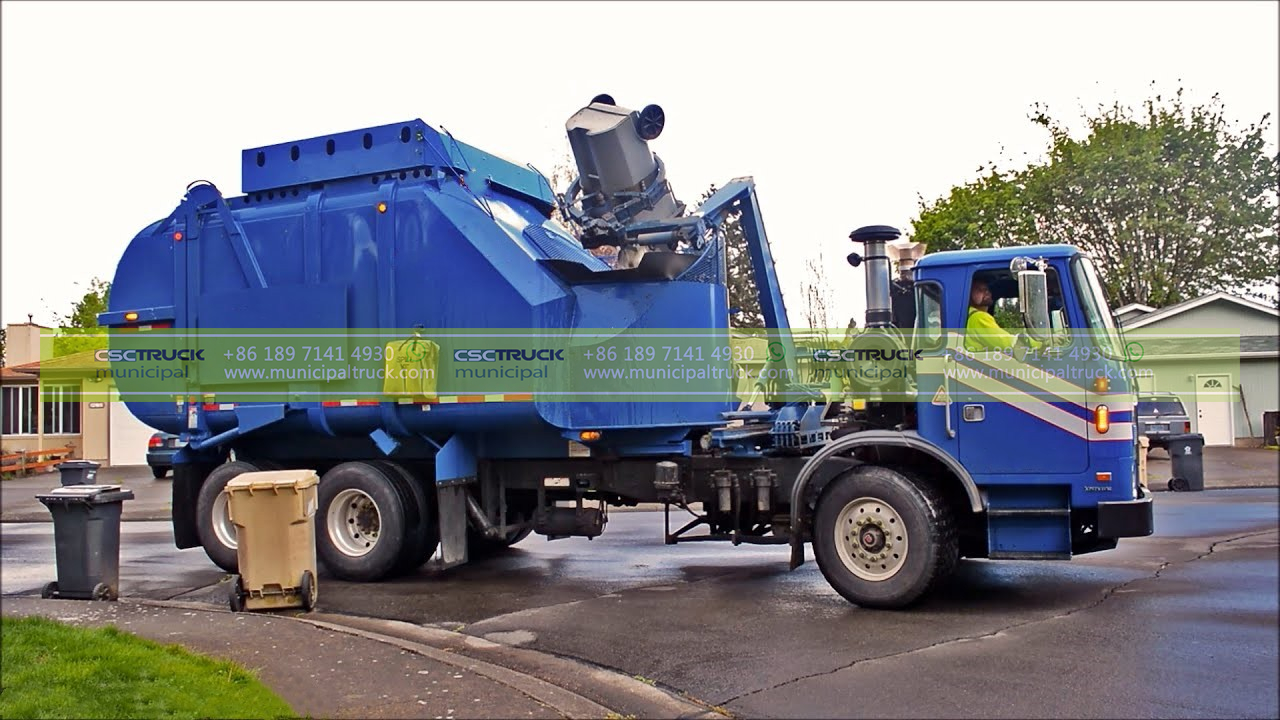
Side loaders, on the other hand, load waste from the sides of the truck. These trucks are often used in areas with narrow streets or limited access. Side loaders come in various sizes, with capacities ranging from 6 to 40 cubic yards. The smaller side loaders are suitable for residential waste collection, while larger ones are used for commercial purposes.
The capacity of a garbage truck is also influenced by the type of waste it collects. Some waste materials, such as construction debris, are denser and occupy less space compared to bulky household trash. In such cases, a garbage truck‘s capacity is measured by weight rather than volume. The weight capacity of a garbage truck can range from a few tons to over 30 tons, depending on its size and configuration.

Another factor that affects a garbage truck‘s capacity is the compaction ratio. Garbage trucks are equipped with compaction systems that compress the waste to maximize the amount that can be loaded. The compaction ratio varies depending on the truck model and can range from 2:1 to 8:1, meaning the waste is compressed to one-half to one-eighth of its original volume. With higher compaction ratios, garbage trucks can accommodate more loads before needing to be emptied.
It is worth noting that while garbage trucks have specific capacities, the number of loads they can hold can also vary based on the route and collection schedule. A garbage truck operating in a densely populated area with frequent pickups will likely make multiple trips to the disposal site throughout the day. Conversely, trucks serving less populated areas may make fewer trips but carry larger loads.
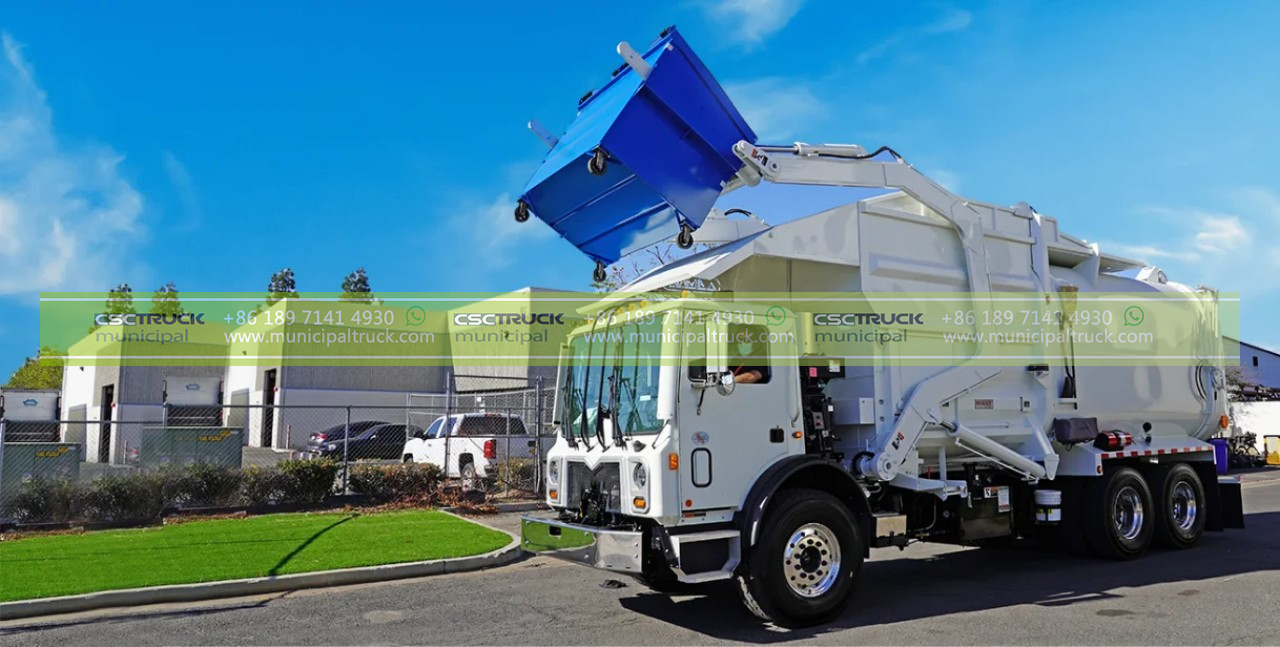
Garbage trucks play a crucial role in waste management and contribute to keeping our communities clean and healthy. Their capacity to handle different types of waste is a key factor in ensuring efficient waste collection and disposal processes. Municipalities and waste management companies consider the specific requirements carefully of an area when determining the appropriate size and type of garbage truck to use.
In conclusion, the capacity of a garbage truck depends on various factors such as its design, size, waste type, and compaction ratio. Front loaders, rear loaders, and side loaders are the common types of garbage trucks, each with its range of capacities. Additionally, the weight capacity and compaction ratio also influence the number of loads a garbage truck can hold. By understanding these factors, waste management authorities can make informed decisions regarding garbage truck selection and optimize waste collection processes.
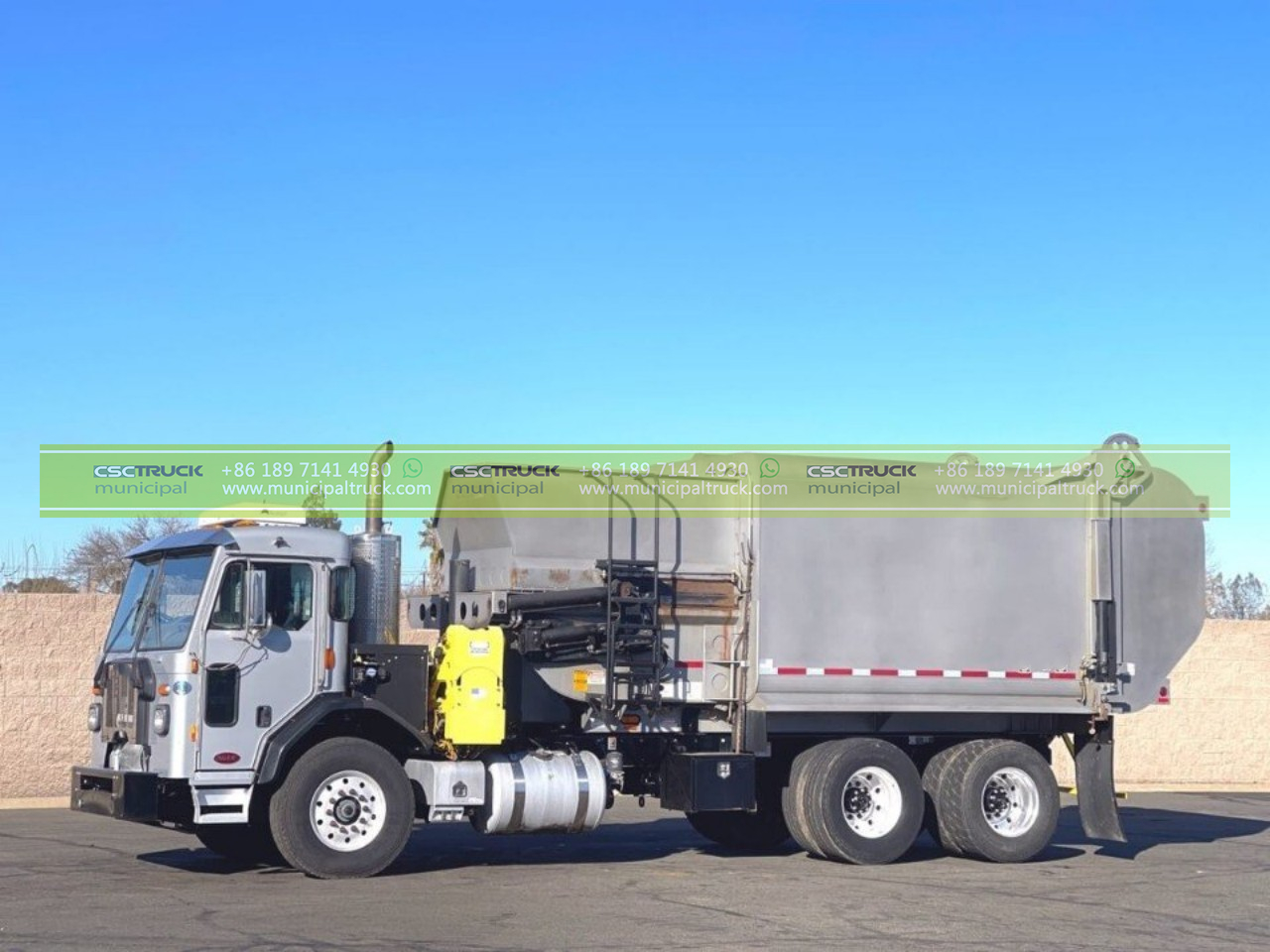
Efficient waste management is essential for maintaining a clean and sustainable environment. The capacity of a garbage truck affects the effectiveness of waste collection and disposal operations directly. Waste management authorities can ensure that waste is promptly and efficiently collected by choosing the appropriate size and type of garbage truck.
Factors such as population density, waste generation rates, and the type of waste generated in a particular area are crucial considerations when determining the capacity of garbage trucks. In densely populated urban areas, where waste generation is high, larger trucks with higher capacities may be necessary to handle the volume of waste. These trucks can make multiple pickups and transport substantial loads, reducing the frequency of trips to the disposal site.
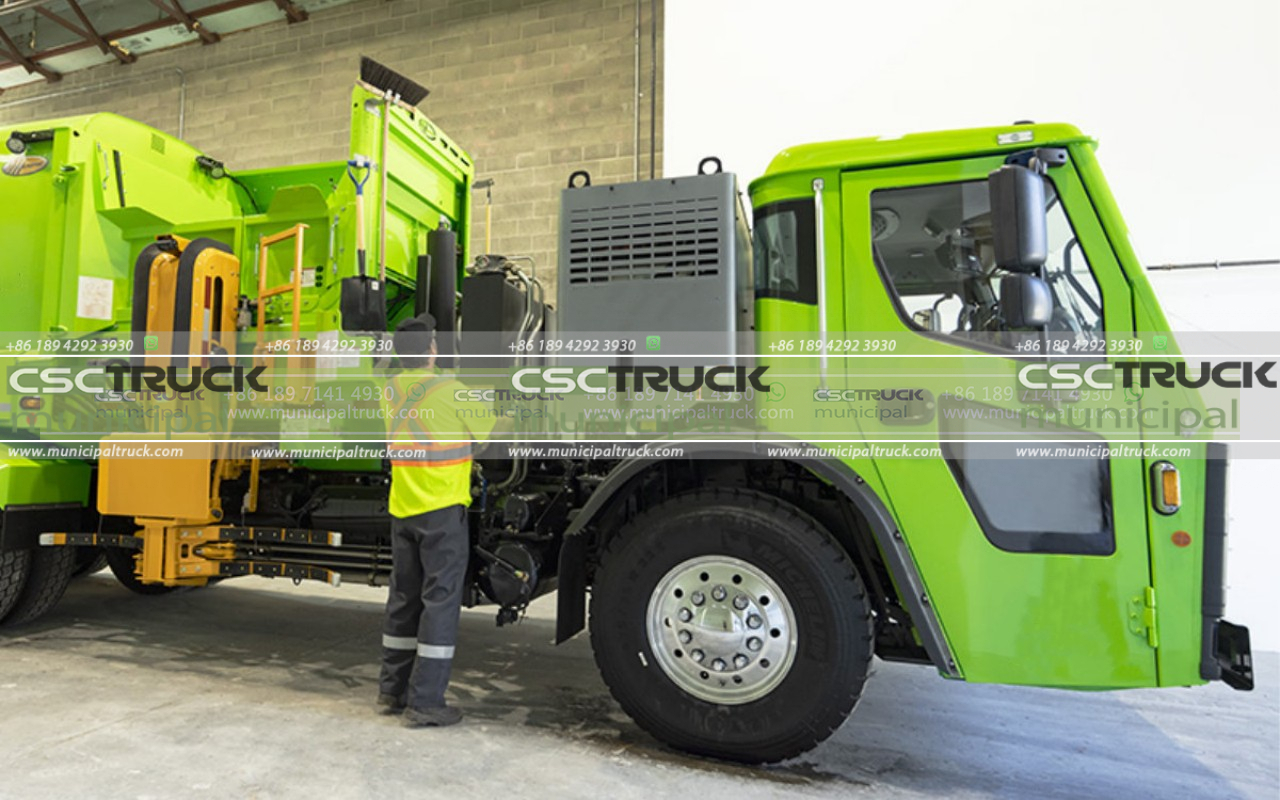
In contrast, suburban or rural areas with lower population densities may require smaller garbage trucks. Although these trucks have lower capacities, they can efficiently collect waste from residential areas and transport it to the disposal site. They can navigate narrower streets and access areas with limited space, making them suitable for these regions.
The type of waste being collected also impacts the capacity of garbage trucks. For instance, if a particular area generates a significant amount of bulky household waste, such as furniture or appliances, trucks with larger capacities and efficient compaction systems would be needed. On the other hand, areas where the waste consists mainly of lightweight materials, like paper and plastic, may require trucks with lower capacities but higher weight limits.
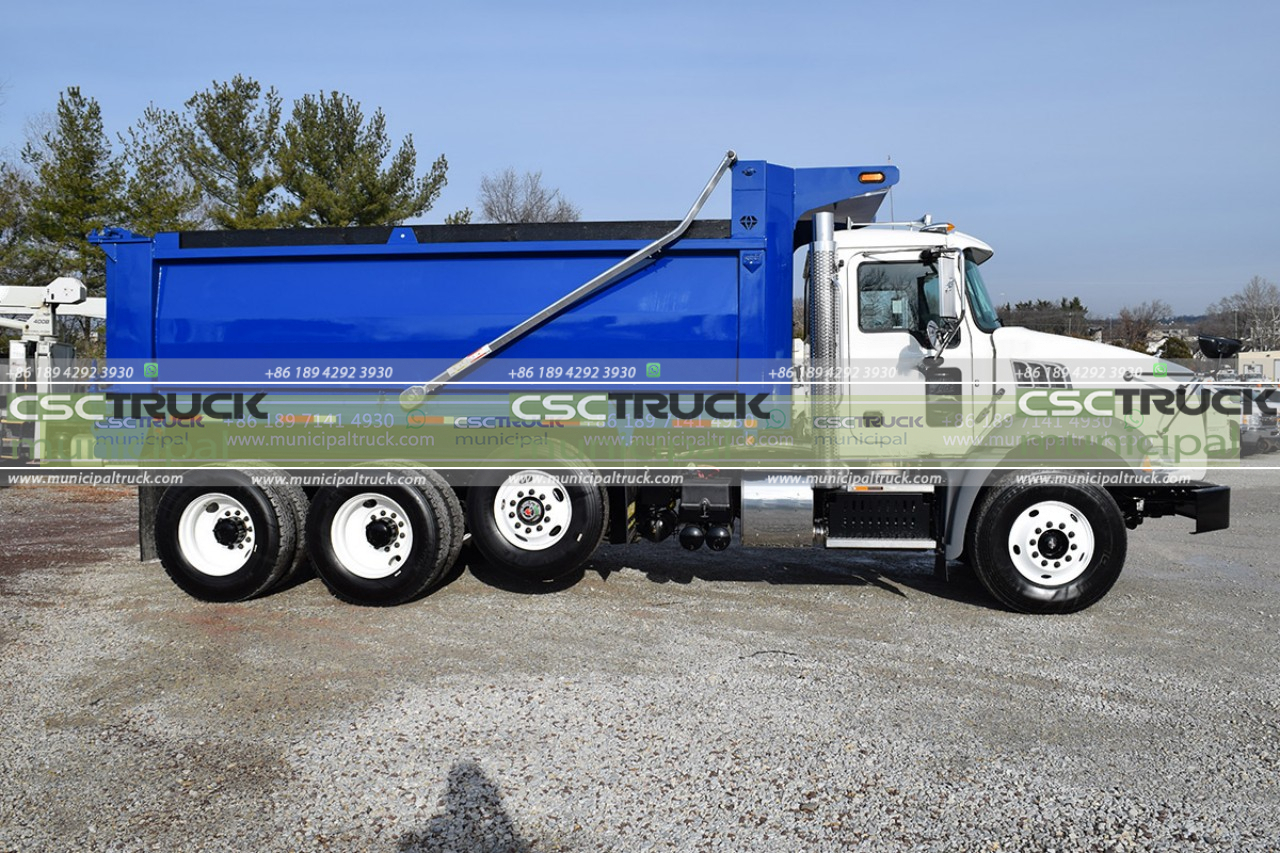
The compaction ratio of a garbage truck is another crucial factor affecting its capacity. The compaction system compresses the waste, enabling more waste to be loaded into the truck’s hopper. Trucks with higher compaction ratios can handle larger loads and reduce the frequency of trips to the disposal site. This not only improves operational efficiency but also minimizes fuel consumption and reduces the environmental impact of waste collection.
It is worth mentioning that advancements in waste management technology continue to improve the efficiency and capacity of garbage trucks. Some modern garbage trucks are equipped with automated systems that can optimize waste collection routes, reducing travel time and increasing productivity. Additionally, innovations in waste sorting and recycling allow for more effective waste management practices, further enhancing the capacity and overall efficiency of garbage trucks.
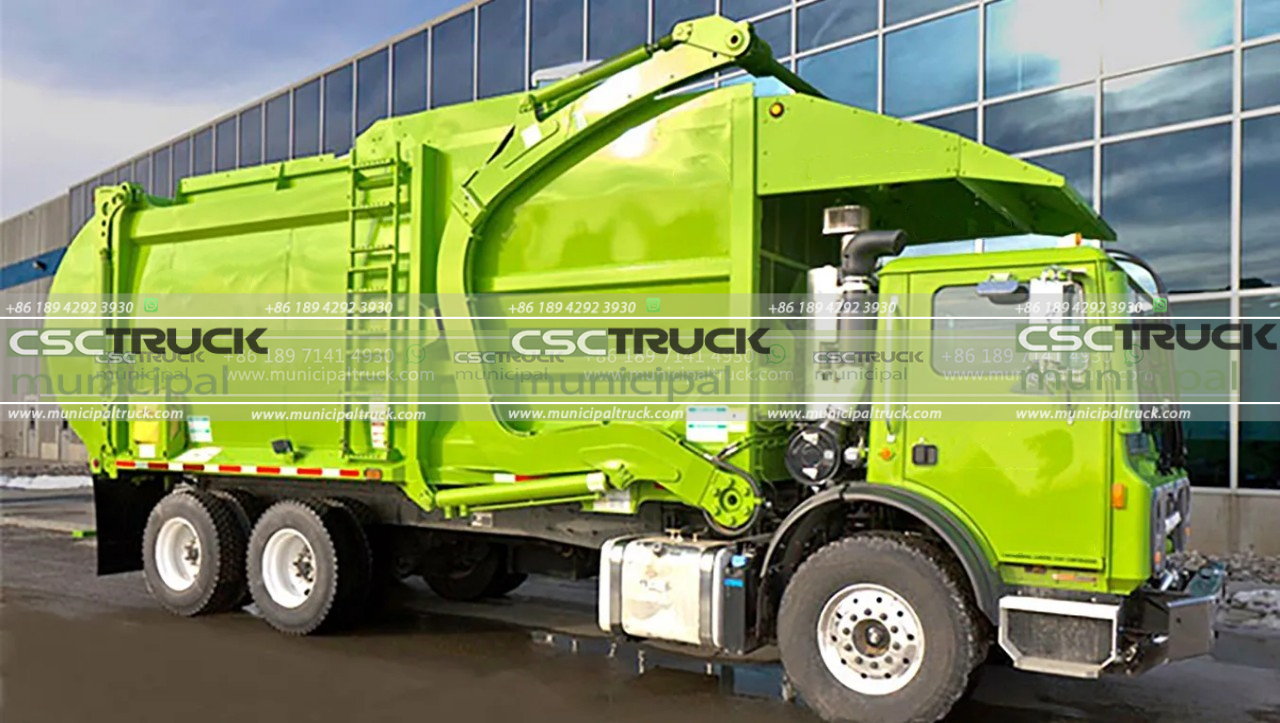
In conclusion, the capacity of a garbage truck depends on several factors, including its design, size, waste type, and compaction ratio. Garbage trucks come in various configurations, such as front loaders, rear loaders, and side loaders, each with its range of capacities. The specific requirements of an area, such as population density and waste generation rates, should be considered when selecting the appropriate garbage truck size and type. By optimizing the capacity and efficiency of garbage trucks, waste management authorities can ensure effective waste collection and disposal, contributing to a cleaner and more sustainable environment.
Contact us for this municipal truck or similar trucks: [email protected] Call us or What's APP us: +86 189 4292 3930

